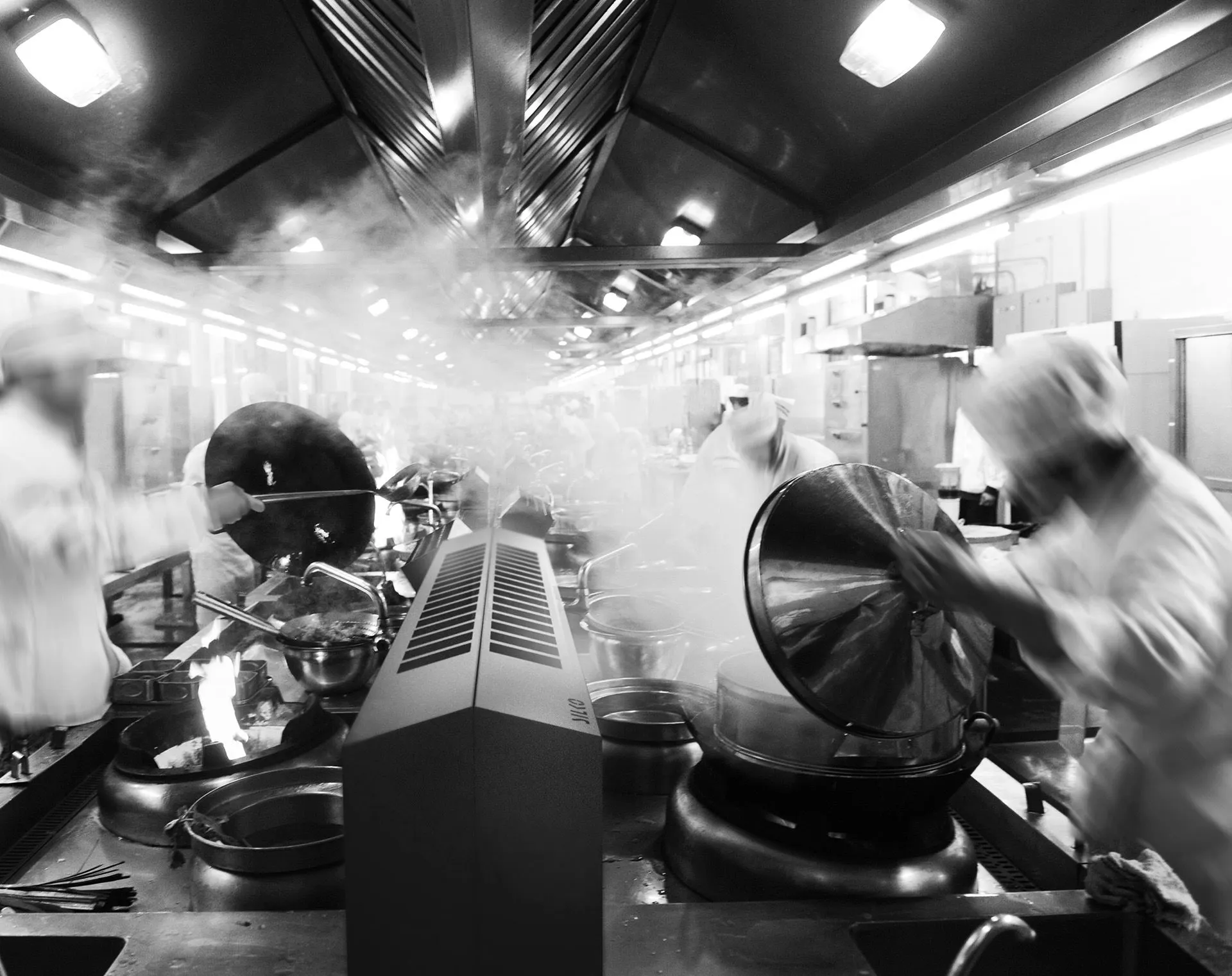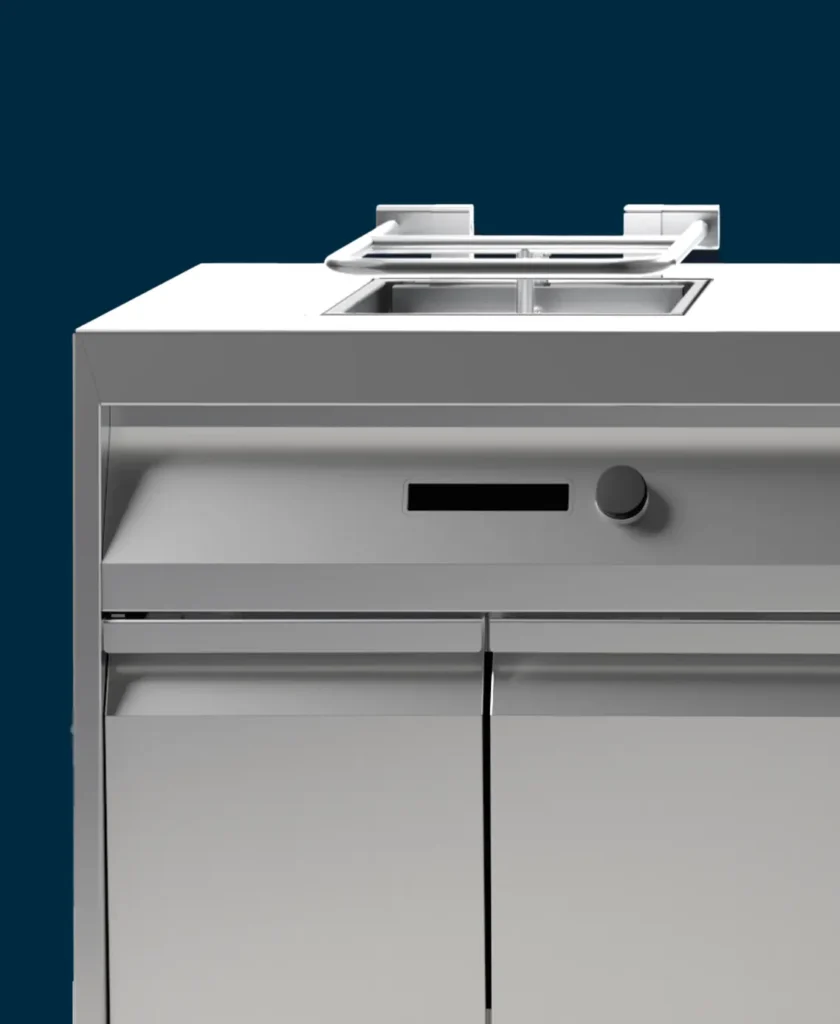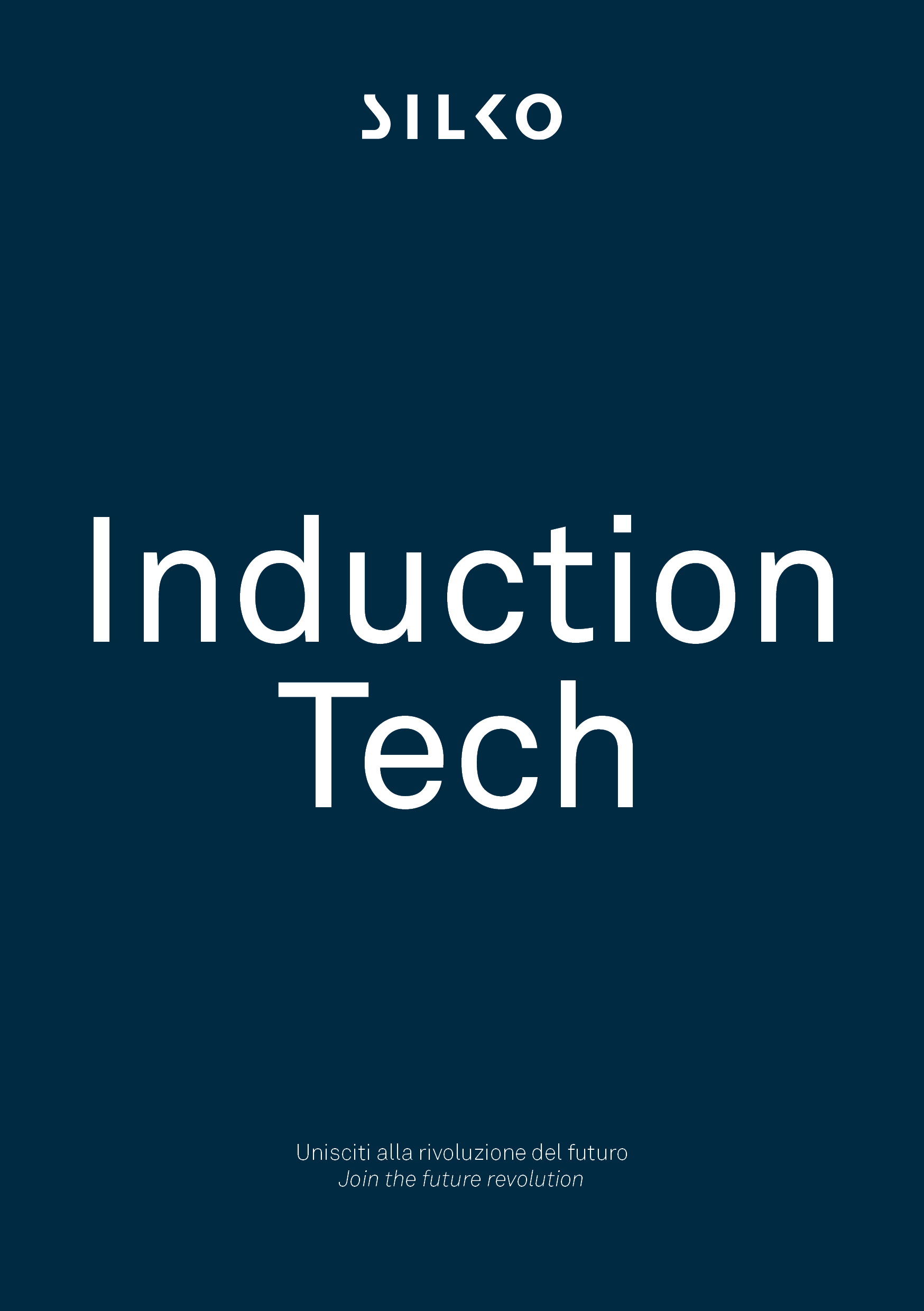Induction
Induction
Induction cooking with Silko
Induction cooking is extremely reliable and energy-efficient, offering near-instant pot heating and hob cooling, with no wasted heat or energy.
How does induction work?
With an induction hob, heat is generated directly inside the pot or pan itself, rather than on the cooktop. This occurs through the principle of electromagnetic induction. When a pot or pan made of magnetic material is placed on the hob, the magnetic field generates electrical currents within the pan itself, which in turn generate heat due to the resistance of the pan material, caused the pan to heat up. Cooking takes place due to the heating of the pan, which itself becomes the heat source rather than the hob.
How does induction work?
Induction hobs consist of a glass-ceramic surface under which are coils resting on a ferrite core. When the inductor is turned on and a pan is placed on the cooking plate, the coils release an electromagnetic field that generates heat where the pan contacts the plate.
Thanks to the localised heat, the hob remains relatively cold to the touch and energy dispersion is reduced, as are the risk of accidental burns and the burning of food residue.
What are the main advantages?
Reduced energy waste
Localised heat means less energy waste: induction hobs boast an efficiency of over 90%, which is extremely high compared with other cooking systems.
Safety
Heat is only produced when there is a ferromagnetic pan on the hob, reducing the risk of fires or burns.
Heating speed
If all the generated heat is used, it’s easy to understand that cooking times will be significantly reduced, in some cases, by up to half.
Sustainable technology
High efficiency, optimised cooking times, fewer emissions: all these characteristics make induction the most sustainable cooking technology on the market.
Hygiene and cleanliness
The totally smooth surface of the hob enables it to be cleaned and sanitised quickly and thoroughly.
Efficiency
GAS
ELECTRIC
INDUCTION
Induction is one of the most efficient cooking technologies: induction is 95% efficient (ratio between energy delivered and energy consumed), compared with gas cookers (50%) and electric cookers (70%).
The concentration of heat also enables cooking times to be reduced: for example, only 80 seconds are needed to boil 1 litre of water.

And the heat? It's no longer a problem
The very nature of induction cooking significantly reduces heat loss to the surrounding environment, thereby significantly lowering costs spent on cooling systems, such as extractor hoods and air conditioning.
Reducing the need for cooling can lead to energy savings and a reduction in operational expenses. Furthermore, the reduced heat dispersion helps to maintain a more comfortable working environment for kitchen staff, improving wellbeing and overall productivity.

Lower environmental impact
Induction hobs have lower environmental impact compared with conventional classic hobs. They don’t need gas to function, but instead use electricity, which is a clean energy source, and release fewer CO2 emissions into the environment during the cooking process.
PRODUCT NEWS Induction frytops

The induction frytop is surprisingly efficient compared with conventional electric versions, since it offers numerous advantages that make it an eco-friendly and economical choice. The induction frytop uses electromagnetic technology to directly heat the cooktop, with minimal heat dispersion towards the surrounding environment.
One of the main differences between an induction frytop and an electric frytop is the heating time. The induction frytop quickly reaches the desired temperature, significantly reducing waiting times compared with the traditional electric frytop. This makes the cooking process faster and more efficient, helping to save energy and time thanks to minimal temperature fluctuations.
The induction frytop is significantly more efficient, achieving almost half the consumption of an electric frytop. Furthermore, the induction frytop allows precise temperature control, allowing the heat intensity to be precisely adjusted. This not only improves the quality of the cooked food, but also cuts down on energy usage.
Do you want to keep up to date with Silko news?
Subscribe to our newsletter!


